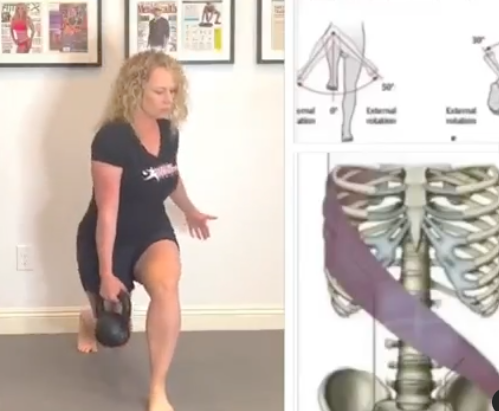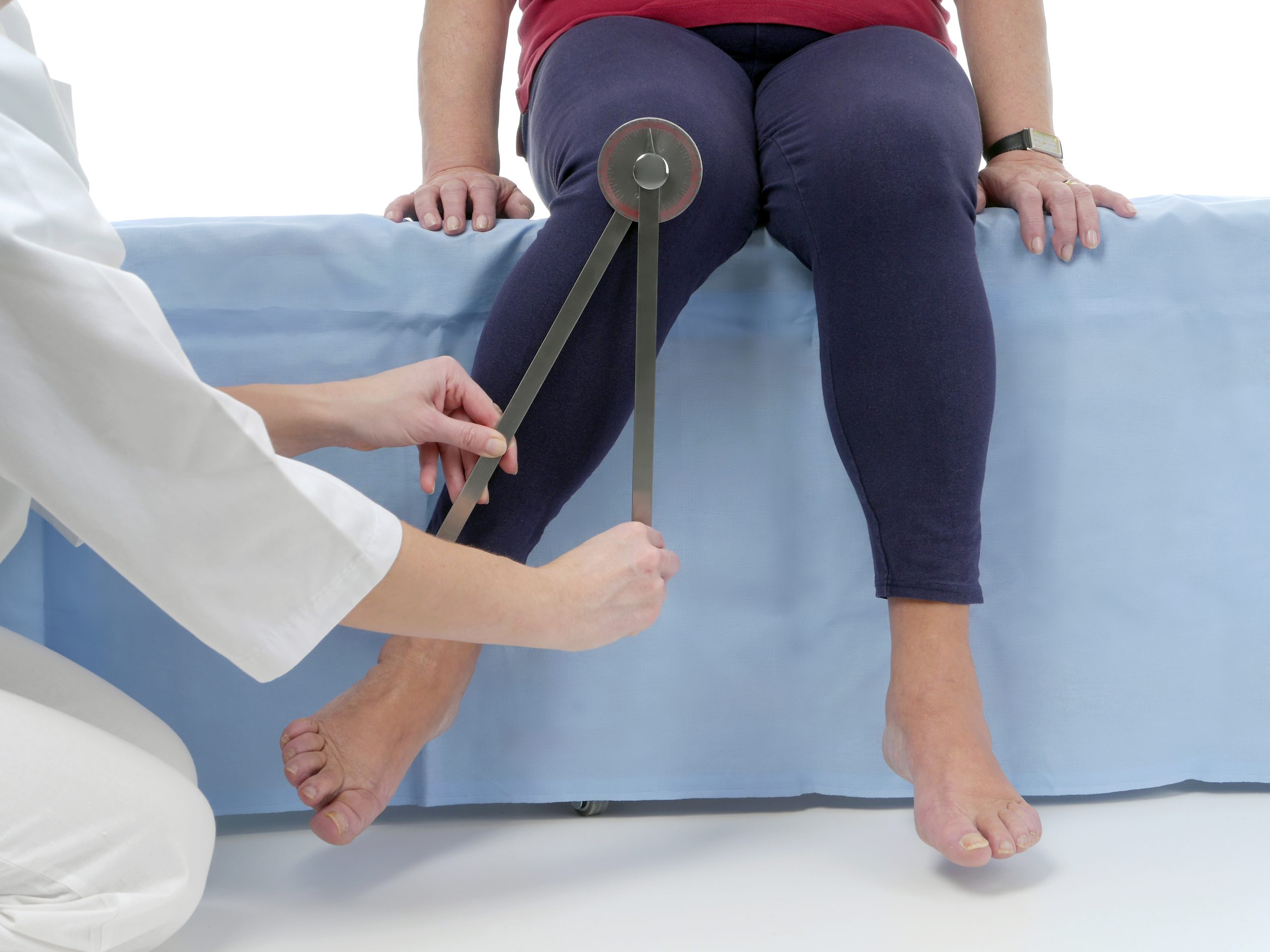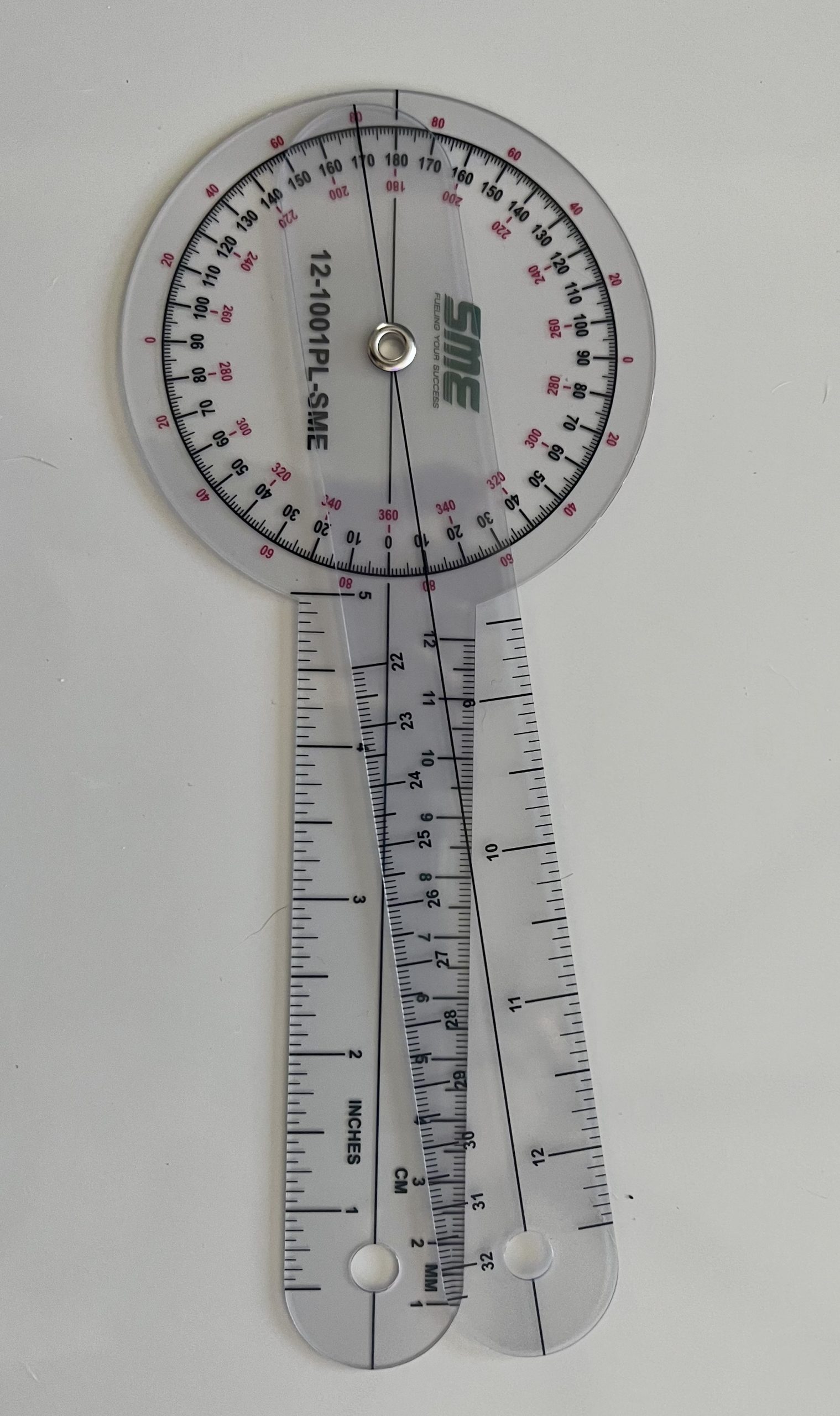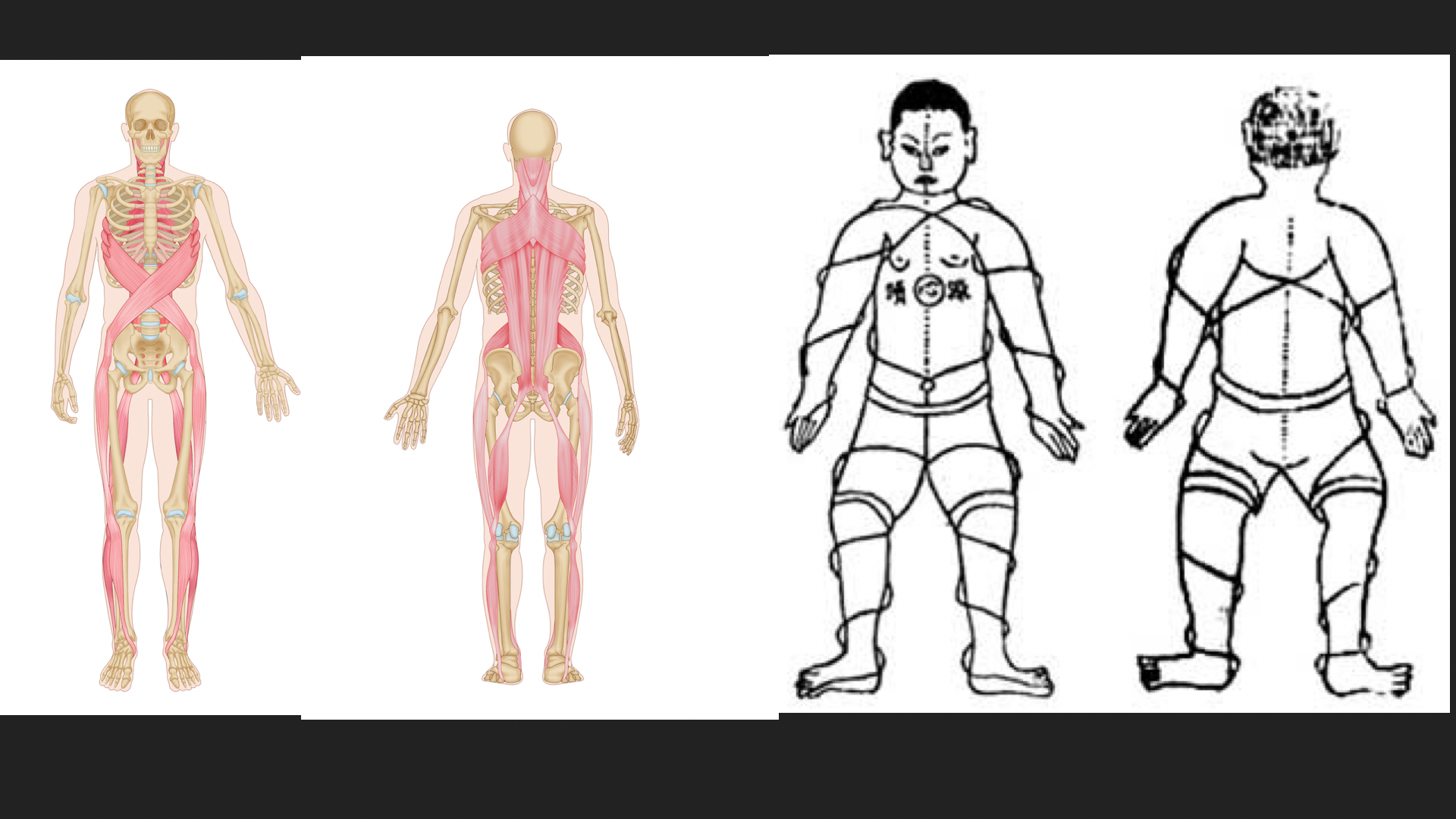Stop Doing THIS Social Media Hip Mobility Drill
2024-10-28
As a coach and educator, it’s challenging to counter all the misinformation on social media. Some of it is flat-out wrong; other times, it’s inefficient or overly complex for common issues. A great example? The techniques many use to improve hip internal rotation.

Limited hip internal rotation can contribute to lower back pain, knee pain, poor gait, increased injury risk, compromised athletic performance, and difficulty with daily activities. Yes, improving hip internal rotation is beneficial, and many people do need a boost in this area. But the way it’s being addressed online is often part of the problem.

Are You Measuring Hip Internal Rotation?
Before jumping into fixes, it’s critical to understand what’s causing the issue (and to assess it, as physical therapist Jessica Bento demonstrates below). Often, social media content shows a skeleton to “prove” why a particular approach is best, but the majority of hip mobility issues aren’t due to joint problems. Unless you have conditions like femoroacetabular impingement (FAI), a labral tear, or osteoarthritis, the joint itself likely isn’t the main issue.
Most people don’t use much hip internal rotation daily. Movements like squats, pivoting, and cutting require it, but something like running doesn’t demand much hip internal rotation. And, given that our hips are designed to rotate about 35-40 degrees, the lack many people think they have is often minor, with normal walking only requiring around 7.7 degrees of rotation (1, 2).

That’s 10 degrees and see how small that range is?!
But social media’s approach—using split squats or lateral lunges to target hip rotation—isn’t ideal. These positions don’t effectively target hip internal rotation and can easily lead to knee strain due to compensation.
View this post on Instagram
Physical Therapist, Jessica Bento, dispels the myth of you need to have extremes of range of motion and how positions can alter how much mobility you actually show.
A Better Solution:
To improve hip internal rotation, consider drills from our Myofascial Integrated Movement (MIM) system. This isn’t just theory; many techniques stem from ancient movement practices, emphasizing whole-body coordination. Quotes like “when one part moves, every part moves” highlight the integrated approach these systems use. And modern science backs it up: as a 2012 study notes, myofascial connections transmit forces to neighboring structures, meaning effective stretching applies tension across the body’s connected tissues (6).

Most hip mobility issues stem from a lack of core stability, proper ankle dorsiflexion, and diaphragmatic breathing, which impacts postural control and mobility in the spine and pelvis—all influencing hip rotation (3, 4, 5). Addressing hip internal rotation this way is not only more effective but also builds strength, stability, and coordination.
That is why THESE are such better solutions to addressing hip internal rotation (hip mobility overall) and you can build better strength and coordination at the same time…
Don’t miss 30% off our NEW Myofascial Integrated Movement follow along workout program. You can save big with code “mim30” HERE this week only!
References:
- Reiman MP, Matheson JW. Restricted hip mobility: clinical suggestions for self-mobilization and muscle re-education. Int J Sports Phys Ther. 2013 Oct;8(5):729-40. PMID: 24175151; PMCID: PMC3811738.
- Uemura K, Atkins PR, Fiorentino NM, Anderson AE. Hip rotation during standing and dynamic activities and the compensatory effect of femoral anteversion: An in-vivo analysis of asymptomatic young adults using three-dimensional computed tomography models and dual fluoroscopy. Gait Posture. 2018 Mar;61:276-281. doi: 10.1016/j.gaitpost.2018.01.016. Epub 2018 Jan 31. PMID: 29413797; PMCID: PMC6599491.
- 1.Jeong J, Choi D-H, Shin CS. Core Strength Training Can Alter Neuromuscular and Biomechanical Risk Factors for Anterior Cruciate Ligament Injury. The American Journal of Sports Medicine. 2021;49(1):183-192. doi:10.1177/0363546520972990
- Kim SH, Kwon OY, Park KN, Jeon IC, Weon JH. Lower extremity strength and the range of motion in relation to squat depth. J Hum Kinet. 2015 Apr 7;45:59-69. doi: 10.1515/hukin-2015-0007. PMID: 25964810; PMCID: PMC4415844.
- Amiri B, Zemková E. Diaphragmatic breathing exercises in recovery from fatigue-induced changes in spinal mobility and postural stability: a study protocol. Front Physiol. 2023 Jun 29;14:1220464. doi: 10.3389/fphys.2023.1220464. PMID: 37457029; PMCID: PMC10340528.
- Moreside JM, McGill SM. Hip joint range of motion improvements using three different interventions. J Strength Cond Res. 2012 May;26(5):1265-73. doi: 10.1519/JSC.0b013e31824f2351. PMID: 22344062.
© 2025 Ultimate Sandbag Training. Site by Jennifer Web Design.







